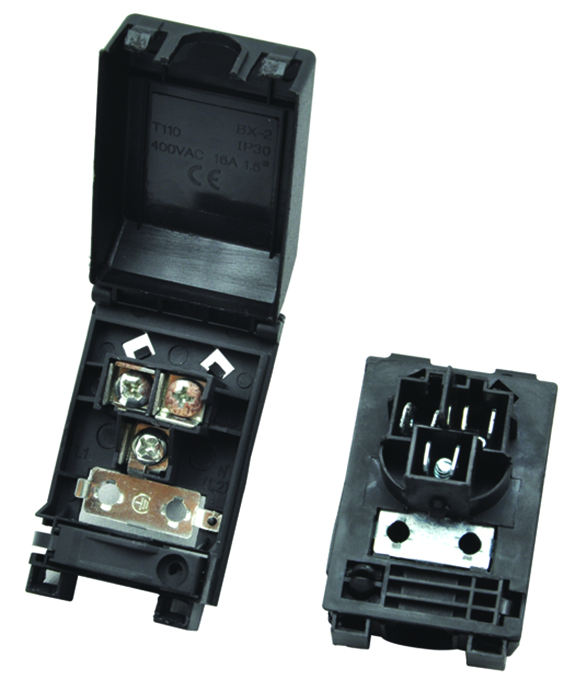The difference between terminal junction box and fiber optic junction box
2023-08-04
The difference between terminal junction box and fiber optic junction box
Terminal junction boxes and fiber optic junction boxes are two different types of equipment used in fiber optic communication systems, and they have some differences and uses.
Terminal junction box:
Terminal junction boxes are usually used in indoor fiber optic wiring systems to connect terminal equipment (such as computers, switches, routers, etc.) to the connection point between optical fibers. Its function is similar to the socket or interface in the network, which is used to convert the signal of optical fiber into electrical signal or convert the electrical signal into optical fiber signal. Terminal junction boxes usually provide standard optical fiber connection interfaces (such as SC, LC, FC, etc.) to easily connect optical fibers to terminal equipment.
Fiber junction box:
Fiber optic junction boxes are usually used in outdoor environments in fiber optic communication systems, such as fiber-to-the-home (FTTH) networks. It is used to connect the optical cable to the indoor optical fiber in the user's home. Fiber optic junction boxes usually have stronger protection performance to resist harsh weather conditions in outdoor environments, such as rain, dust, ultraviolet rays, etc. It acts as a transition between exterior and interior, protects indoor equipment from the external environment, and provides optical fiber connection ports so that users can access high-speed optical fiber networks at home.
Summarize:
The terminal junction box is mainly used in the indoor environment, used to connect the terminal equipment and the optical fiber, and provides a standard optical fiber connection interface. The optical fiber junction box is mainly used in the outdoor environment, protecting the optical fiber connection and providing a transition function, so that the optical fiber can be extended from the outdoor to the indoor. They play different roles in the fiber optic communication system, but they are all important components to ensure the stable and efficient operation of fiber optic communication.

Terminal junction boxes and fiber optic junction boxes are two different types of equipment used in fiber optic communication systems, and they have some differences and uses.
Terminal junction box:
Terminal junction boxes are usually used in indoor fiber optic wiring systems to connect terminal equipment (such as computers, switches, routers, etc.) to the connection point between optical fibers. Its function is similar to the socket or interface in the network, which is used to convert the signal of optical fiber into electrical signal or convert the electrical signal into optical fiber signal. Terminal junction boxes usually provide standard optical fiber connection interfaces (such as SC, LC, FC, etc.) to easily connect optical fibers to terminal equipment.
Fiber junction box:
Fiber optic junction boxes are usually used in outdoor environments in fiber optic communication systems, such as fiber-to-the-home (FTTH) networks. It is used to connect the optical cable to the indoor optical fiber in the user's home. Fiber optic junction boxes usually have stronger protection performance to resist harsh weather conditions in outdoor environments, such as rain, dust, ultraviolet rays, etc. It acts as a transition between exterior and interior, protects indoor equipment from the external environment, and provides optical fiber connection ports so that users can access high-speed optical fiber networks at home.
Summarize:
The terminal junction box is mainly used in the indoor environment, used to connect the terminal equipment and the optical fiber, and provides a standard optical fiber connection interface. The optical fiber junction box is mainly used in the outdoor environment, protecting the optical fiber connection and providing a transition function, so that the optical fiber can be extended from the outdoor to the indoor. They play different roles in the fiber optic communication system, but they are all important components to ensure the stable and efficient operation of fiber optic communication.





